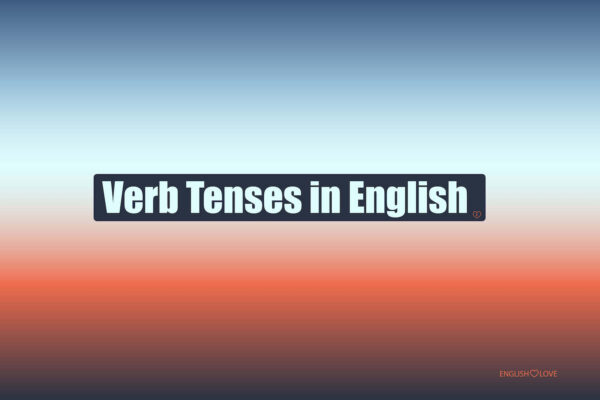In English grammar, understanding the concepts of direct and indirect objects is crucial. These objects play a pivotal role in sentence structure and convey essential information about the action taking place.
What are Direct and Indirect Objects?
Direct and indirect objects are integral components of a sentence. An object can be a noun, pronoun, or phrase that is affected by the action of the verb. Direct objects are those that directly receive the action of the verb. For instance, in the sentence “The dog chased the cat,” “the cat” is the direct object as it is directly affected by the action “chased.” On the other hand, indirect objects indicate for whom or to whom the action is performed. In the sentence “She gave him the book,” “him” is the indirect object, signifying the recipient of the direct object “the book.”
Distinguishing Between Direct and Indirect Objects
The primary distinction between these two objects is that while direct objects are directly affected by the verb’s action, indirect objects indicate for whom or what the action is performed. For instance, in “She gave the flowers to her mother,” “the flowers” is the direct object, and “her mother” is the indirect object. To identify these objects, one can ask specific questions post the verb. For direct objects, questions like “What?” or “Whom?” can be asked. For indirect objects, questions like “To whom?” or “For whom?” can be posed.
Examples
- “She bought a new car.” – No direct or indirect object present.
- “He read the book.” – Direct object: “the book”
- “She gave him a present.” – Direct object: “a present”, Indirect object: “him”
- “I wrote my friend a letter.” – Direct object: “a letter”, Indirect object: “my friend”
- “They offered her the job.” – Direct object: “the job”, Indirect object: “her”
Role in Sentence Structure
Direct and indirect objects enhance the clarity of a sentence by providing additional details about the subject and verb. Typically, direct objects follow the verb immediately, while indirect objects come after the direct object and are often introduced by prepositions like “to” or “for.”
Common Mistakes
Mistakes often arise from using incorrect pronouns or confusing these objects with objects of prepositions. For instance, in “She gave him the book,” using “he” instead of “him” would be erroneous.
| Mistake Description | Incorrect Example | Correct Example |
|---|---|---|
| Using the wrong pronoun for indirect object | “She gave he the book.” | “She gave him the book.” |
| Confusing objects with objects of prepositions | “They went to the store.” (thinking “store” is a direct or indirect object) | “They went to the store.” (understanding “store” is the object of the preposition “to”) |
Direct and Indirect Object Pronouns
Both these objects can be represented using pronouns. Direct object pronouns include “me,” “you,” “him,” “her,” “it,” “us,” and “them.” Similarly, indirect object pronouns are “me,” “you,” “him,” “her,” “it,” “us,” and “them.”
Conclusion
Direct and indirect objects are fundamental to English grammar. They help in understanding the action in a sentence and its recipients. Recognizing and differentiating between them is essential for constructing clear and meaningful sentences. If ever in doubt, one can always refer back to resources like this for clarity.
FAQ about Direct and Indirect Objects
What happens if a sentence lacks an indirect object?
If a sentence lacks an indirect object, it simply means the action of the verb isn’t being done for or to someone or something. Not all sentences require an indirect object.
Can a sentence have an indirect object without a direct object?
No, an indirect object cannot exist without a direct object in the sentence. The indirect object always relates to the direct object, indicating to whom or for whom the action is performed.
How do prepositions relate to indirect objects?
Indirect objects in English often come with prepositions like to or for. For example, in She sang a song to the audience, the audience is the indirect object introduced by the preposition to.
Is it possible for a sentence to have two direct objects?
Yes, some verbs can take two direct objects, often referred to as compound direct objects. For instance, in the sentence She gave flowers and chocolates, both flowers and chocolates are direct objects of the verb gave.




